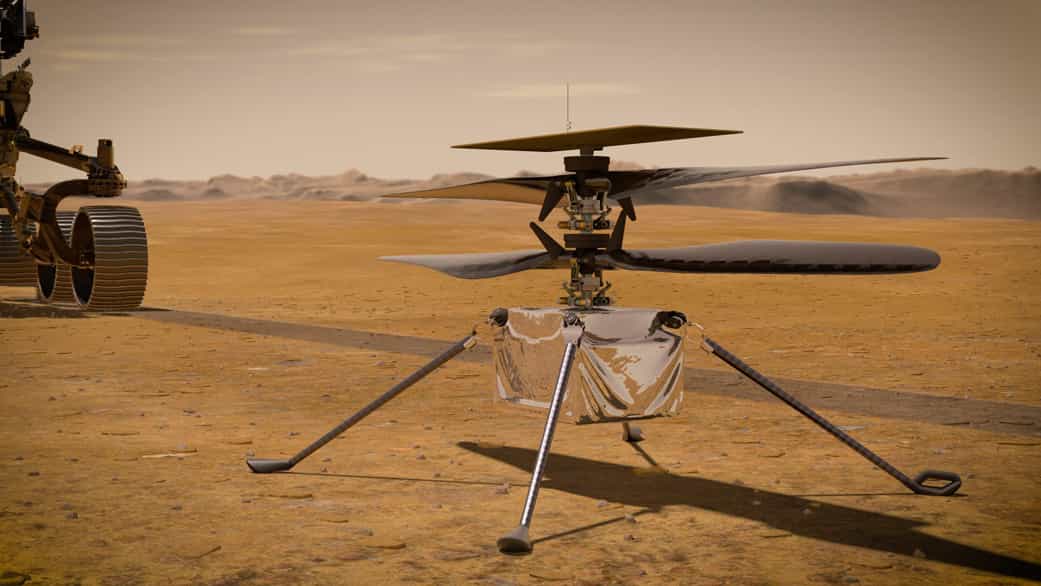
Being able to fly on Mars can also be important the day humans reach the planet. To fly in the thin atmosphere, the rotor blades need to be longer and lighter, made of carbon fiber, and rotate several times faster than with helicopters on the ground.
Another challenge for the engineers has been to design a machine that can withstand the harsh climate. In the landing zone, the temperature can drop to minus 90 degrees at night.
Ingenuity has no research instruments with it, but if the tests are successful, the helicopter can be a first important step towards future exploration. The helicopter will follow inside the Marslander Perseverance, which will be launched this year.
– With Ingenuity, we add another dimension to how we explore other worlds, says MiMi Aung, project manager for Ingenuity.
Read more at NASA .




